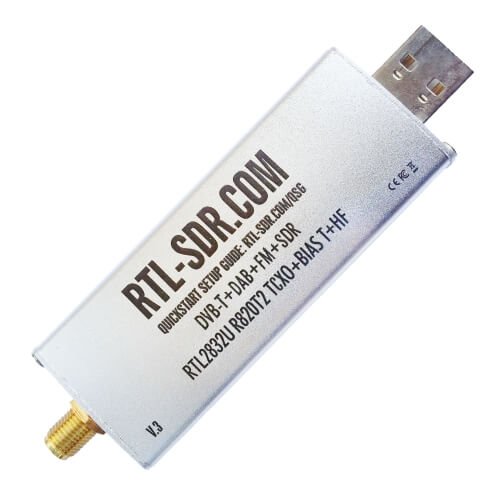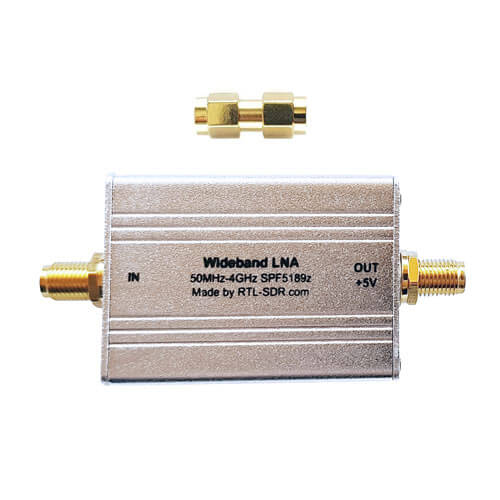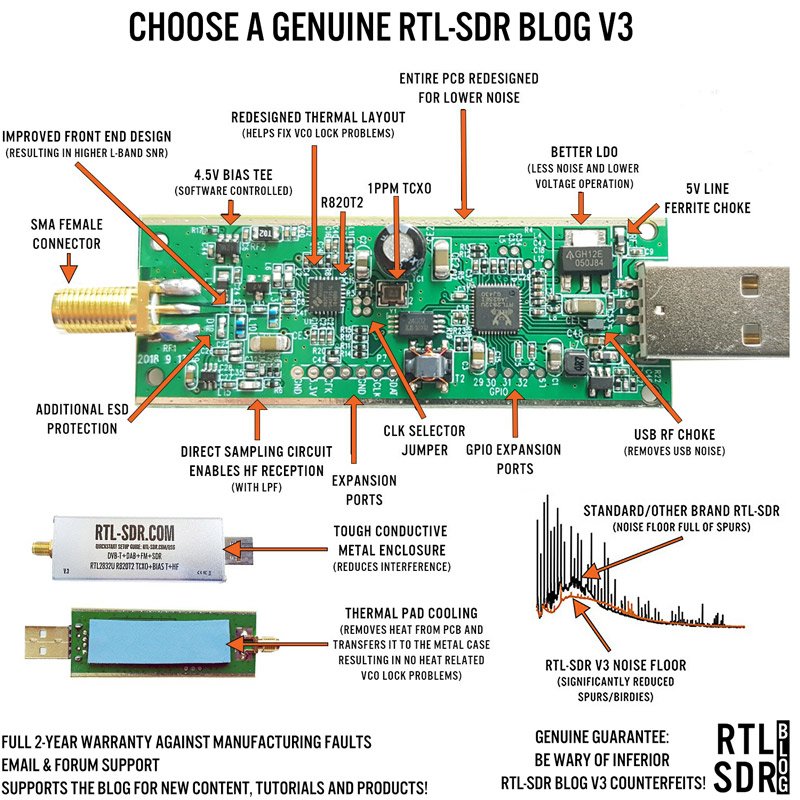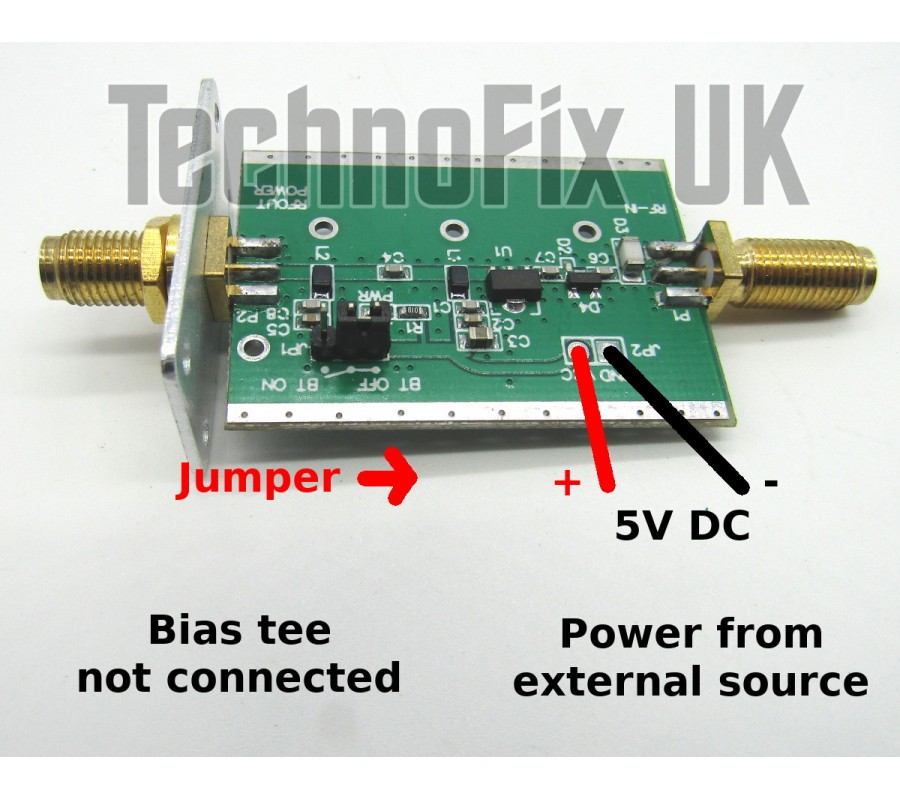



Meteor Scatter
|
Most meteor-scatter communication is conducted between radio stations that are engaged in a precise schedule of transmission and reception periods. Because the presence of a meteor trail at a suitable location between two stations cannot be predicted, stations attempting meteor-scatter communications must transmit the same information repeatedly until an acknowledgement of reception from the other station is received. Established protocols are employed to regulate the progress of information flow between stations. While a single meteor may create an ion trail that supports several steps of the communication protocol, often a complete exchange of information requires several meteors and a long period of time to complete. Any form of communications mode can be used for meteor-scatter communications. Single sideband audio transmission has been popular among amateur radio operators in North America attempting to establish contact with other stations during meteor showers without planning a schedule in advance with the other station. The use of Morse code has been more popular in Europe, where amateur radio operators used modified tape recorders, and later computer programs, to send messages at transmission speeds as high as 800 words per minute. Stations receiving these bursts of information record the signal and play it back at a slower speed to copy the content of the transmission. Since 2000, several digital modes implemented by computer programs have replaced voice and Morse code communications in popularity. The most popular mode for amateur radio operations is MSK144, which is implemented in the WSJT-X software. |
Equipment required to listen in:
| 1 | PC or Notebook with Windows or Linux |
| 2 | USB RTL SDR + Wideband Amplifier 50.00 |
| 3 | Homebrew antenna & coax under 70.00 |
| 4 | SDR# (SDR Sharpe Software) FREE! (Download Link Here) |
| 5 | WSJT-X Software with MSK144 (Also PDF Manual) |
Got qestions? Please email here. seminar@space-hobbies.com
RTL-SDR
(press pictures for links)
 |
 |
 |
 |
How to Receive Meteor Scatter Communications
